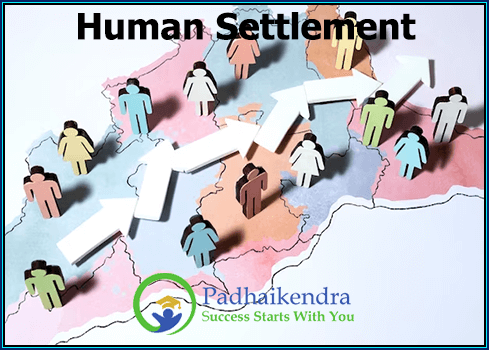Human settlement refers to the process of people establishing and living in communities, whether rural or urban, permanent or temporary. Human settlement is a fundamental aspect of human society, providing the physical space and infrastructure necessary for people to live, work, and engage in social and cultural activities.
Human settlement patterns can vary widely depending on a range of factors, including geography, climate, culture, and economic conditions. In rural areas, settlement patterns are often determined by agricultural practices, with people living in dispersed settlements or clustered around centers of agricultural activity such as market towns or processing facilities.
In urban areas, settlement patterns are more complex, with people living in a variety of housing types, from informal settlements and slums to high-rise apartment buildings and gated communities. Urban settlement patterns are also influenced by factors such as transportation infrastructure, zoning laws, and economic activity.
Human settlement has significant impacts on the environment, with urbanization and industrialization leading to pollution, deforestation, and the destruction of natural habitats. Human settlement also has social and economic impacts, with access to basic services such as water, sanitation, and healthcare often limited in rural areas, while urban areas can be characterized by inequality and social exclusion.
To address these challenges, governments and other stakeholders can implement policies and initiatives aimed at promoting sustainable and inclusive human settlement. These initiatives may include investments in infrastructure and services, as well as policies to promote social and economic development in rural areas and reduce inequality and exclusion in urban areas. Overall, promoting sustainable and inclusive human settlement is a key aspect of achieving sustainable development and improving the well-being of people and communities around the world.





